You’re familiar with lip balm, but it’s 2019 and the word “balm” has advanced in such a way to the point that it is currently having a moment in the skin care market.
Today, you’ll find everything from face balms to cleansing balms—and with good reason. More than just a trend, there are copious advantages to using these water-free, oil-rich formulas. Balms aren’t just some fad that will be here today, gone tomorrow.
Here’s everything you should know about this wonder product (and how to make your own!).
So, what exactly is a balm?
Unlike a moisturizer, a balm isn’t viscous. Rather, its’ consistency is semi-solid, water-free, and comprised of only oils (carrier and essential varieties), herbs, and beeswax. The more wax, the harder the formula, but a typical ratio of oil to wax is 1:1.
So, if we’re talking about deodorant, lip product, or protective remedy that forms a barrier on the skin, more wax would be included. Since a balm is thicker than a traditional moisturizer or cream, it needs a bit more force to be completely rubbed into the skin.
Of course, there are also multi-purpose balms that can be used for taming unruly tresses, soothing rashes (both baby and adult varieties), treating dry patches on the skin fatigued/parched eyes, and more.
Why are balms so popular?
While the concept of a balm isn’t exactly new (castor oil was used by ancient Egypt as a protective balm and balms for muscle-related purposes have been around for decades), it’s been brought back to life, thanks to the K-beauty (Korean beauty) boom—particularly cleansing balms as they pay homage to their famed double cleansing routine, which entails using two separate steps (one for makeup, one for residue and excess dirt and oil) to wash your face. So, you’ll get a more thorough cleanse by using a balm.
Due to the high level of concentrated ingredients, balms are more moisturizing and results-driven. This is why topical balms—formulated to be left on the skin—are so desirable. There are copious versions available for all skin types. This includes oily and/or acneic skins that are in need of a balance in oil production. Overcleansing and skimping out on hydration will only cause more oil to compensate for the loss!
What are cleansing Balms?
Cleansing balms, on the other hand, sweep away dirt, makeup, and impurities without stripping away the natural oils from your skin. In fact, you’ll actually feel a hydration boost after rinsing the product away. It’s important to note that soap-based cleansers are liable to disrupt the skin’s pH balance (acid mantle). Thus encouraging irritation and the growth of bacteria that causes breakouts.
As an added bonus, balms are great for travel. Need not worry about liquids spilling in your makeup bag or suitcase! Just keep in mind that if a balm is in your onboard bag or purse, it still needs to be presented as a liquid and presented in a quart-sized bag that adheres to the TSA guidelines.
Why is a balanced pH so important?
The pH level of your skin (which varies on a level of 1-14) really comes into play with balms. They aren’t depleting your skin of essential moisture.
Ideally, you want to have a pH level of approximately 4-7 (on the high end). This is to maintain your acid mantle. That acts as a protective barrier against viruses and harmful bacteria that can cause an adverse reaction (think eczema, acne, accelerated aging) on your skin.
DIY How to Clean Your Makeup Brush
How do I use a balm?
Well, it depends on the kind of balm you’re using. A general rule of thumb is that a little goes a long way. You need not use the same amount as your other face products. For cleansing, start with an almond-sized amount of product and work into dry skin (and gently around the eye area) until it emulsifies. This action actually helps stimulate blood flow to remove toxins!
It’s best to remove the product with a warm, damp washcloth versus just splashing your face in order to effectively remove all of the surface products, makeup, and impurities. When using a balm as a treatment, a pea-sized amount should be sufficient after thoroughly cleansing your skin and after it is dry. As previously noted, you’ll need to work the product into your skin using massage-like techniques.
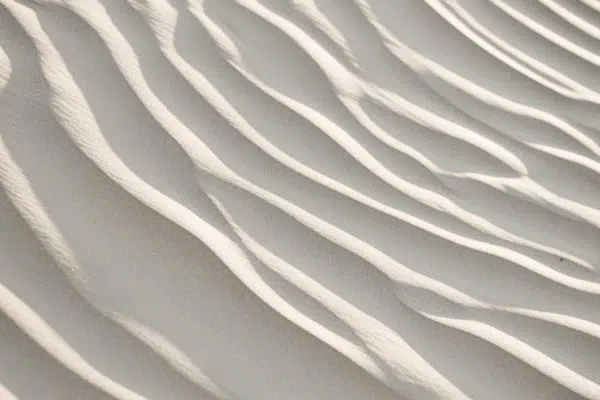
How can I make my own balm?
While the genesis of a balm is comprised of pure, unadulterated ingredients, many of the formulas on the market contain an excess of artificial fragrances and preservatives, as well as ingredients such as mineral oil that can clog pores and irritate the skin. The cost is another factor as it’s not uncommon to spend anywhere between $25 to over $100 dollars on a balm. This depends on the brand, ingredients, and marketing tactics that are capitalizing on popularity.
With that in mind, here’s how you can make your own all-purpose balm for cleansing, moisturizing, and healing various skin conditions based on your skin type. Keep in mind that if it’s your first time using a balm, it may take a while for your skin to get used to the composition of ingredients. Especially if they are all-natural, so don’t freak out if you experience a pimple or two. Also, there are copious combinations that you can experiment with in order to make the best balm for your skin type. So don’t be afraid to make a few different varieties! The key to keep in mind is that you’re choosing the right ingredients for the current state of your skin.
Basic balm recipe
Ingredients:
- 1/2 cup beeswax pellets
- 1/2 cup cocoa butter discs
- 1/4 cup calendula oil
- 1/4 cup sweet almond oil
- 30 drops essential oil(s) for your skin type:
- Dry: lavender myrrh, frankincense, sandalwood, carrot seed, helichrysum.
- Oily/acneic: tea tree, myrrh, patchouli, roman chamomile, ylang, ylang, lavender, eucalyptus
- Combination: sandalwood, lemon balm, chamomile, bergamot, tea tree
- Mature: lavender, ylang ylang, clary sage, rosemary, rose, frankincense
- Sensitive: frankincense, lavender, sandalwood, rose, neroli, chamomile
Steps:
- Bring water in bottom of a double boiler to a boil and then reduce to a simmer.
- Place all ingredients except the essential oil(s) in the top pot of the double boiler.
- Allow beeswax pellets and cocoa butter discs to melt completely.
- Remove from heat and add essential oil(s). Mix gently.
- Pour liquid into containers and allow to cool before screwing on the tops.
Additional ingredients
Once you get this super-simple formula down pat, you can experiment by adding additional ingredients such as charcoal or pink clay to detoxify, oatmeal to soothe, etc.
You may also find that you want to use a different carrier oil or butter depending on your skin type—go for it! Anything goes when it comes to balms providing you use the correct ratio of ingredients that are derived from a pure and (ideally) organic source.
DIY How to Clean Your Makeup Brush
Resources:
“What’s So Important About Skin pH?,” Healthline, March 19, 2019, https://www.healthline.com/health/whats-so-important-about-skin-ph
“The Best Essential Oils for Skin,” School of Natural Skin Care, https://www.schoolofnaturalskincare.com/essential-oils-for-skin/
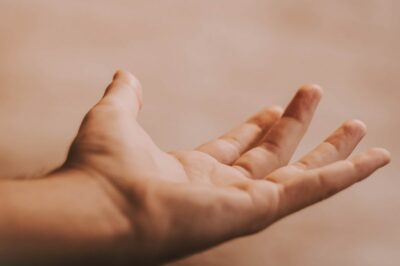

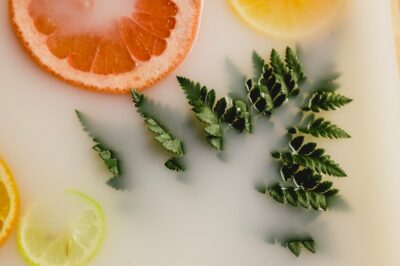
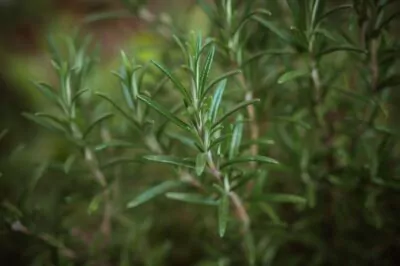
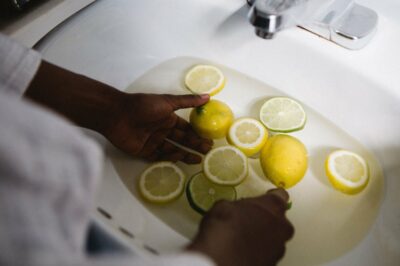
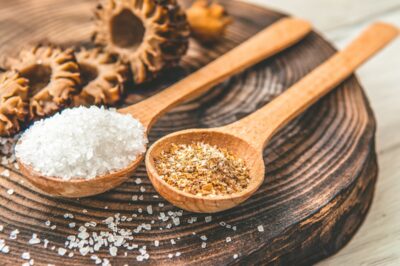
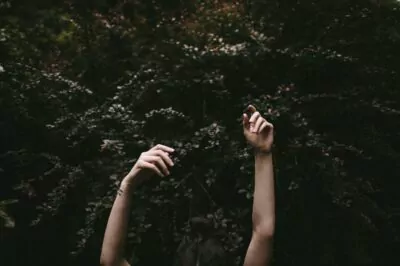
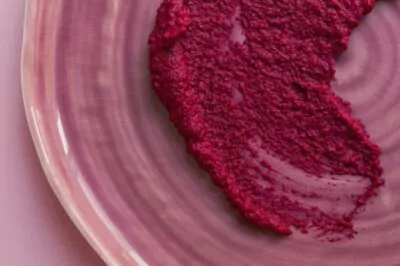
thank you for quiz… interesting my skin is 76% . thank you again